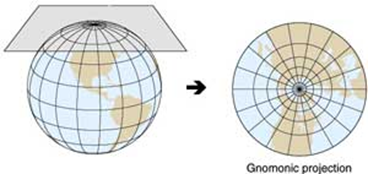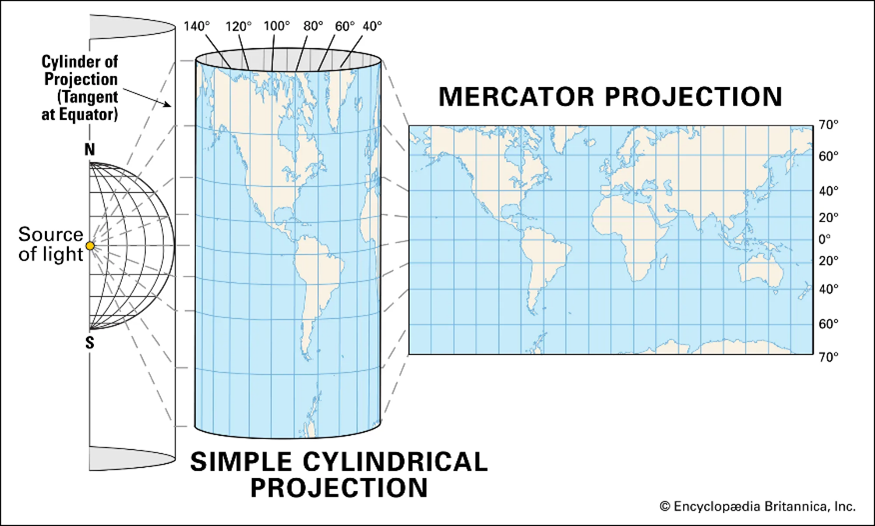While attending the temple recently, I noticed three words connected with the covenants described. These words are ‘laws, rites, and ordinances’. The scriptures remind us that ‘straight is the gate and narrow the way’ that leads to eternal life. The gate is the ordinance of baptism and represents a form of waypoint on our path. From the April 2024 talk "Put Ye on the Lord Jesus Christ" by Sister J. Annette Dennis, “Through a covenant relationship with God, our own lives can become a living symbol of our commitment to and deep love for our Father in Heaven, … and our desire to progress and eventually become like our Savior, being prepared to one day enter Their presence.” From the April 2024 talk "God’s Intent is to Bring You Home" by Elder Patrick Kearon, “What do God’s messengers, His prophets, call this plan in Restoration scripture? They call it the plan of redemption, the plan of mercy, the great plan of happiness, and the plan of salvation, which is unto all, ‘through the blood of mine Only Begotten’.”
First, let’s look at laws. There are certainly laws that we think of as codified such as traffic or tax laws. God’s laws are the commandments. For me, this is a narrow version of what laws are. For example, there are physical laws that existed long before we humans started trying to understand them and write them down. Gravity is a force, sometimes called a law. Because of it, for a long time we thought we could not fly. Eventually we learned there are three other forces along with gravity that are part of the laws of aerodynamics, and then we could fly. Those laws or forces (gravity, drag, thrust, lift) were always there, unwritten, yet true. By the way, when it comes to gravity, we still don’t know what it is. We can describe its effects, but we still use both Newton’s ideas of gravity as a pulling force and Einstein’s ideas that it is a pushing force. We use both because sometimes Newtonian math works better than Einsteinian or vice versa, but neither fully describes gravity. Despite the fact that we haven’t fully documented the law of gravity, yet it exists. For me, a law is less a set of written rules. It is more a way of life, a path. D&C 88:25 "And again, verily I say unto you, the earth abideth the law of a celestial kingdom, for it filleth the measure of its creation, and transgresseth not the law."
Rites are a subset of the law we choose to live. These are physical things we do alone or together that act as waypoints along our path, our law. They could be traditions we do like birthday celebrations or holidays. Other examples are holding family home evening, youth activities, ministering, serving a mission, our callings, or repentance. For me, not all rites are commandments, but all commandments are rites. If we choose rites that are not waypoints on the path to heaven then we eventually arrive somewhere else.
Finally, ordinances are a subset of rites. In the case of ordinances, they are defined and require authority. These are things we can’t do for ourselves, but someone else performs for us, or we for someone else. Examples include baptism, confirmation, receiving the priesthood, and temple ceremonies. I have come to think that the Atonement was also an ordinance. It was performed only once by one person who had authority on behalf of everyone. Christ did not need the atonement for his sin since He had no sin. He was not acting for himself. He did resurrect for himself, then gave that power to the rest of us.
Navigating along the covenant path, following a law or way of life, is like the straight line on the gnomonic projection. Rites and ordinances are like waypoints we do day-to-day like those documented on a Mercator map. What’s our next waypoint, our next rite or ordinance? Is it attending meetings, going to activities, partaking of the Sacrament, or attending the temple for ourselves or our ancestors? President Nelson has reminded us that the covenant path includes daily repentance. We also know we should include daily prayer and scripture study as waypoints as well. These routine rites keep us on the path. Again from the talk by Elder Kearon, “Fundamentally implicit in all of His teachings to live on a higher plane of moral conduct is a call to personal progression, to transformative faith in Christ, to a mighty change of heart.” Let us include more daily waypoints to stay closer to the path of personal progression.





 RSS Feed
RSS Feed